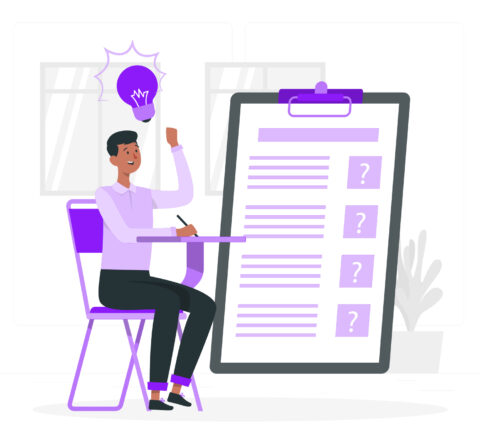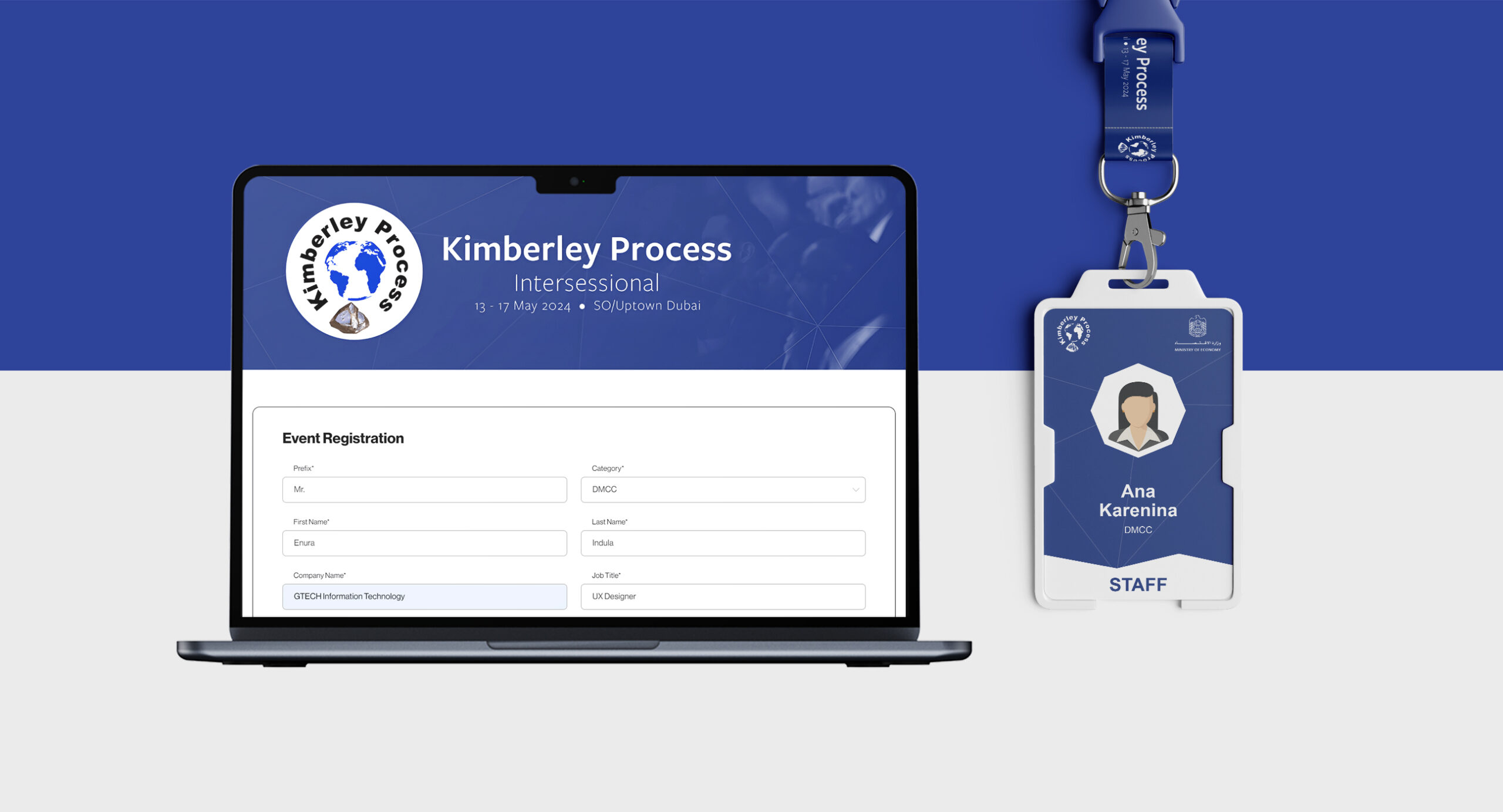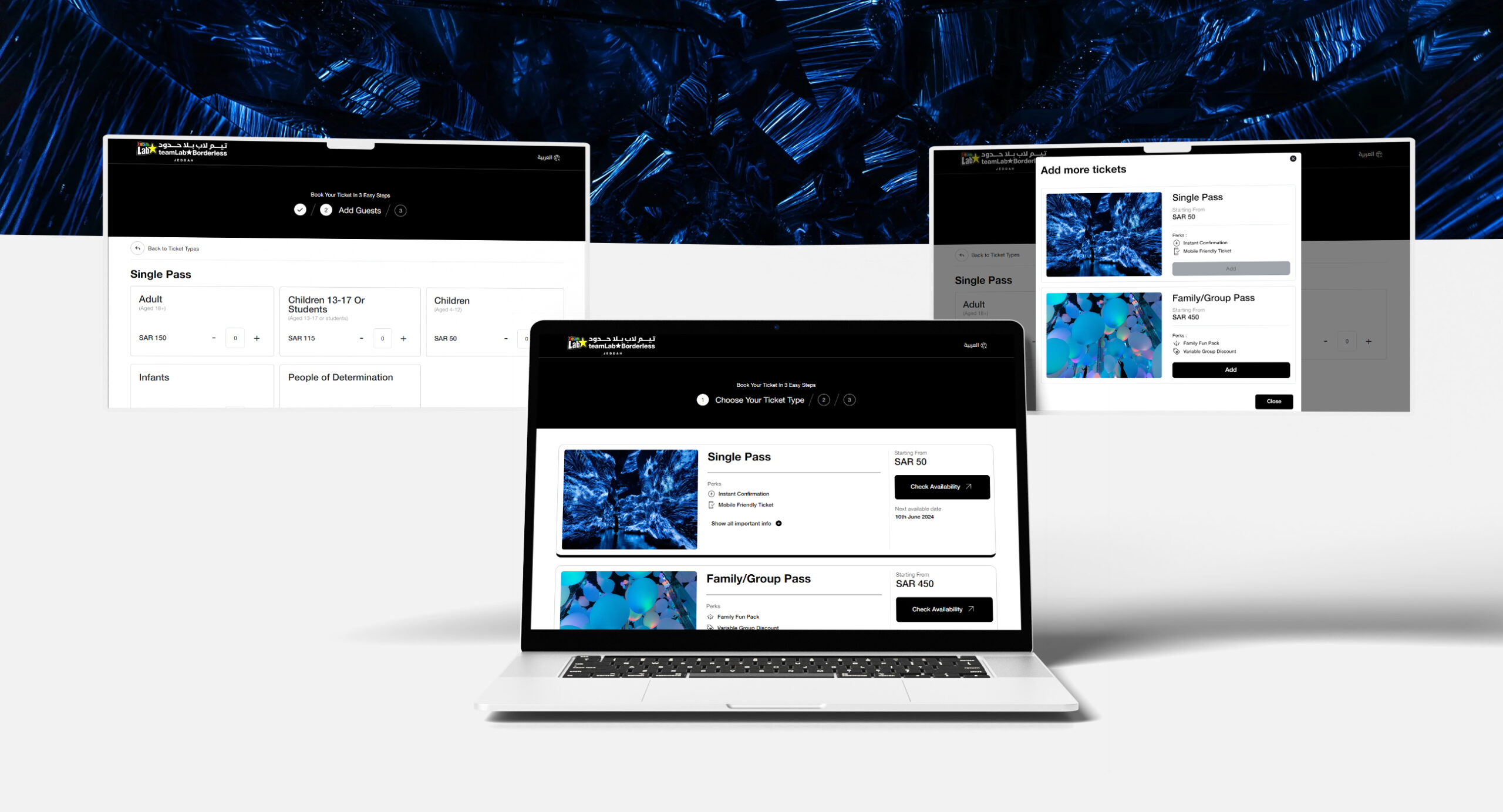Speed plays an important role in the success of a website. It affects a variety of key metrics, for example, including the site’s visibility and conversion rates. The load time of website is essential, yet it might be challenging to figure out how to do it. Let us figure out the reasons why a slow website can impact your conversion rate and how to fix them.

Rendering block JavaScript is delaying page loads.
JavaScript is the code that makes your website functional and interactive for its users. Without it, the site would be dull. But if you leave it unoptimized, JavaScript may delay your pages when they try to load in users’ browsers. There are three ways in which you can deal with rendering blocking.
- Using JavaScript inline instead of external JavaScript files
- Deferring JavaScript loading until the rest of the page is visible to the user
- Select asynchronous loading to allow JavaScript to load independently of other page elements.
Every method has its positives and negatives. Generic JavaScript will enhance the load time of website if used sparingly. Hence, deferring JavaScript is the preferred method of choice.
Not using a content delivery network
CDN, or content delivery network, consists of a series of servers that are incorporated in strategic geographic locations. You may store copies of the website on them so that the pages can be quickly located by users who are far away from the main server.
For your WordPress site, there are several CDN options available. If your website is using jQuery, you may load it from a CDN and not a web query. The two most widely used CDN solutions for jQuery are Google and Microsoft.
In your database, there is excessive overhead.
Overhead indicates extraneous components in your site database. Items like transients, logs, and other entities from themes or plugins can develop over time. Too much overhead may cause database queries to take longer than necessary.
Optimize page speed or the database by removing overhead will be helpful. Most web hosts allow you to access the database management platform via a hosting account.
The site’s CSS is not optimized.
Just like JavaScript, the site’s CSS, which is responsible for styling its pages, if left unoptimized, can delay loading. A few solutions can be implemented to get CSS into shape.
- If there are external CSS files, you may combine them into one or more files.
- • Replace the external CSS with inline CC.
Inline CSS is only effective for brief sections of the code, similar to inline JScript. If there are several large CSS files, it is better if you add all of them to the HTML file. You need to specify specific media types and combine the external CSS files. If there is more than one, it will have a significant impact.
Caching issues are preventing optimised page loading.
Caching is the process through which browsers save copies of static files from your website. Browsers may show the cached data when consumers view your website.. For WordPress users, there are numerous solutions available, including a caching plugin such as WP Super Cache.
For this reason, third-party plugins are a necessity. The plug-in will automatically send requests to delete the cached data for a post or page after you have modified it. This will prevent caching issues that point to a low website conversion rate.
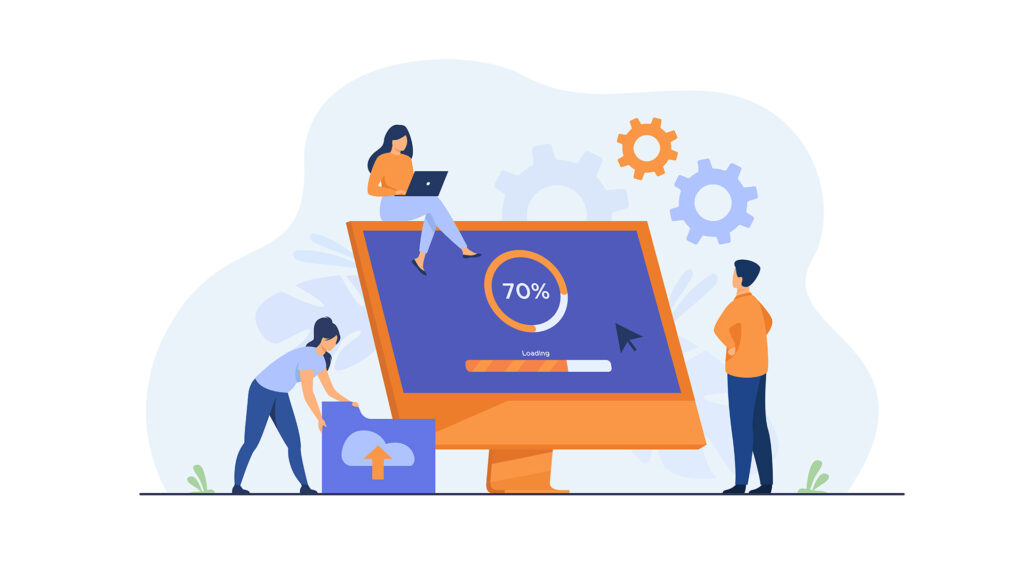
The large media files are increasing loading times.
Media files like videos or images tend to be much larger. Once you optimize page speed will help to decrease the page’s size and enhance your loading times. An online tool for compressing images is a tiny JPG. Numerous plugins are available that can be used to compress media files in WordPress.
Since it can be challenging to compress videos and enhance web conversion rate, it is preferable to upload them elsewhere, such as on YouTube or another site. The videos can be easily embedded in posts or images.
Inferior-written scripts are at a crossroads with other site elements.
A poorly written JavaScript could cause compatibility issues with other components of your website, resulting in web pages loading slowly. You may run a speed test using tools like Web Page Test. Pingdom can point to the reasons for the web pages loading slowly. The files can be closely investigated to figure out how you may better the web pages loading slowly.. It may be a viable move to temporarily turn off potentially problematic services to understand how their performance changes without them being enabled.
The site code is bulky.
The more code a website is slow to load, the longer it is going to take before the website becomes visible. If the code is too bulky and contains unnecessary characters, the site may be bulky. In response, you can minify the code by removing the elements that are not needed.
There are various plugins that provide solid performance. You need to reach out to each one and figure out which one increases your performance the most.
Missing files lead to errors.
In some cases, the WordPress installation may be missing files. If this happens, users are expected to encounter issues with load time of website,as additional requests are made in an attempt to send the files.
The reasons behind the poor load time of a website may be numerous. Rather than trying to track down the source of the problem, the fastest solution is to restore the site from the recent backup. This means that you need to replace the missing files with the versions that are saved in the backup.
Plugins are weighing down your website.
Having a lot of plugins, even if there are only a few bulky ones, may weigh your website down and lead to poor website conversion rate. If you are not using any plugins, it is wise to remove them and minimise the chance that this does not happen.
A few of the plugins may interfere with the caching of the site pages. There are a few handy tools that provide inputs into the problem areas.
Internet issues are hurting specific users’ performance.
Poor website performance can be due to an issue with the internet service provider rather than the site itself. Webpages loading slowly may emerge from network congestion, data filtering and discrimination, or content filtering.
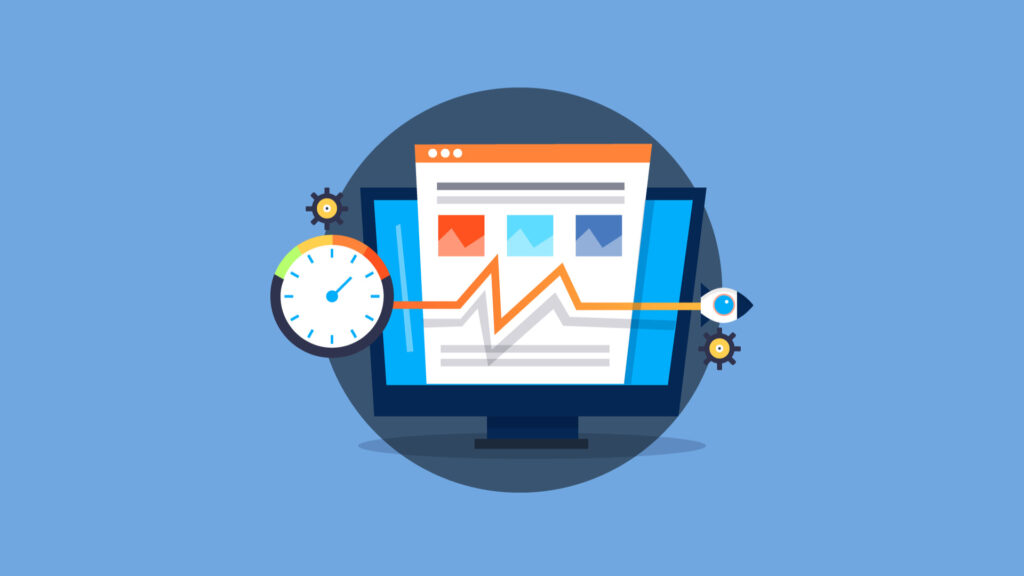
To conclude, the performance of a website and its response time are closely linked to its success. So, every opportunity that you take to improve it is worth the effort. Understanding why your website has low lag times may boast its SEO and UX, leading to better visibility along with a higher conversion rate.
Related Post
Publications, Insights & News from GTECH



